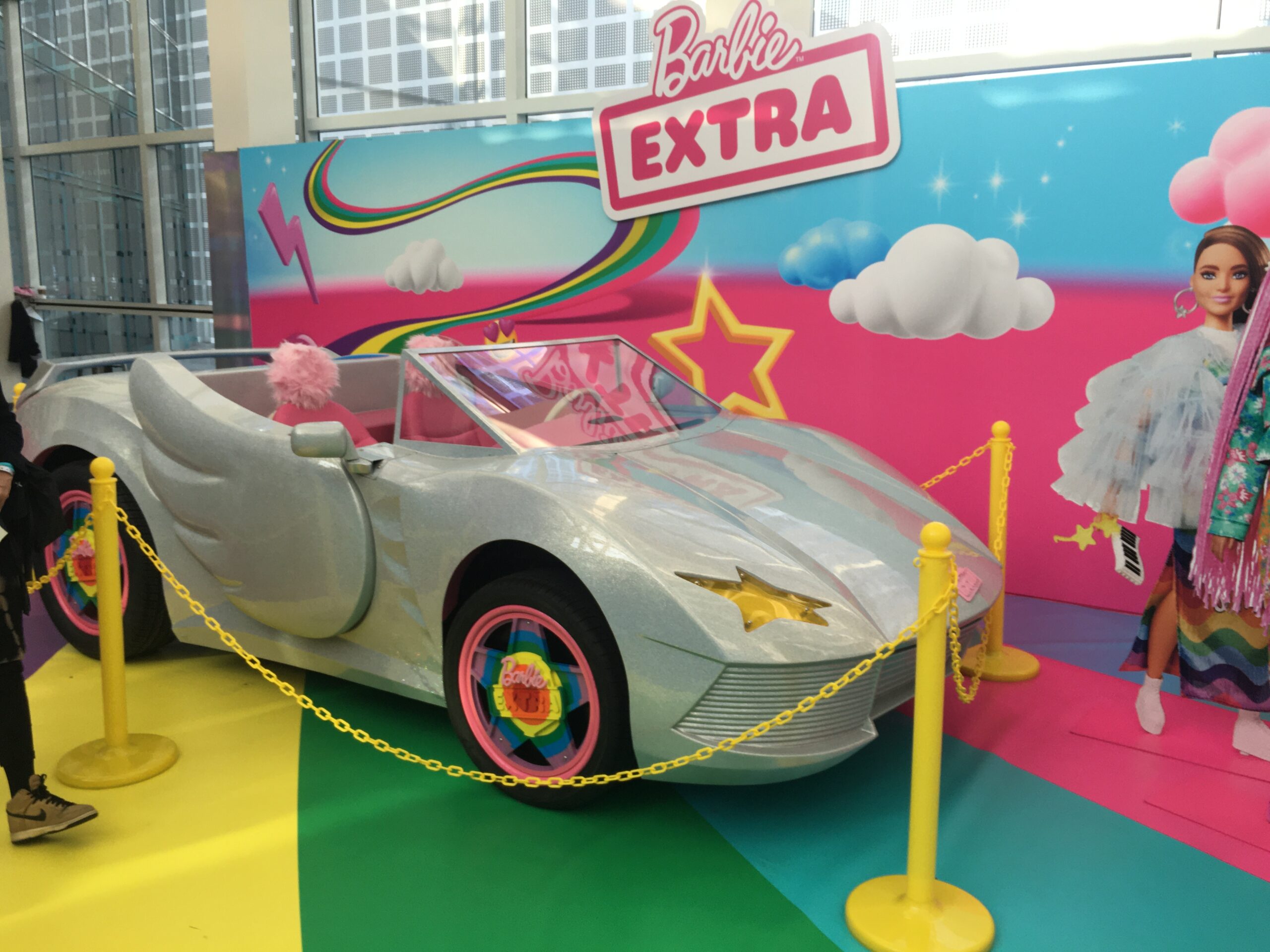By Brent Snavely, Senior Director
Auto shows are a ball of contradictions. Communications professionals, automotive journalists, analysts, and executives collectively and simultaneously love them and hate them.
We often travel from Detroit to places like Los Angeles, New York, Frankfurt (now Munich) – in many cases just to talk to people we already know from Detroit. Automakers have historically spent $1 million or more on giant stages and video productions for a 20-minute press conference slot amid a lineup of all their competitors.
In recent years, automakers figured out they can spend their money more effectively if they host their own, contained event in a place, date and time of their choosing and have far greater control over the event, the attendees, the messaging and the media coverage. And then COVID-19 hit, causing every major auto show to reschedule, and then cancel, and then schedule and then reschedule their show.
It was at this point that most of us began to wonder – are auto shows as we have known them dead? Many argued yes. Conventional wisdom now is that major auto shows still have a vibrant future as valuable consumer events. But as news extravaganzas? Many believe auto shows have no future.
Well, last week, the LA Auto Show proved those critics wrong – despite some major hurdles. The LA Auto Show hosted what looked and felt like a “real” or “legitimate” major auto show.
Our client, the North American Car, Truck and Utility Vehicle of the Year Awards™ (NACTOY), kicked off the day’s press conferences by announcing this year’s nine finalists. All nine automakers who were named as finalists scrambled over the prior week to make sure their vehicle was present at the press conference so they could briefly drive across the stage.
NACTOY’s press conference was followed by Fisker, Hyundai, Subaru and Kia – with each drawing sizable crowds. The press conference for the 2023 Kia Sportage, for example, was so packed that I had to watch it from Subaru’s stand.
By noon, the websites of most automotive publications were dominated by news from the LA show.
Then, Ford hosted a casual, outdoor lunch for media and others with about eight food trucks. As is often the case with a good industry event, the networking was invaluable. I bumped into more friends, reporters, public relations professionals, analysts and others throughout the day than I could possibly talk to in Detroit over two or three months if I scheduled multiple lunches per week. And several of them, including a partner from our client Hella Ventures, which is based in San Francisco, were industry contacts who live in California or New York.
To be sure, the media room, typically packed in years past with reporters from across the globe, was never above about 30% capacity. And by the afternoon, the intensity of the day’s press conferences had settled down from the morning’s buzz to a gentle hum.

And yet, the line for coffee at the Nissan stand was still 20 people deep at 2:30 p.m. and the crowd at the reveal of the Mullen Five was about 150 strong, with a throng of people on stage talking to the executives and examining the vehicle following the event. VinFast, the Vietnamese automaker under Vingroup, was another newcomer that seemed to have a presence everywhere, including with gift bags for media in the pressroom (I did not take one). VinFast debuted two electric concepts the company plans to bring to the U.S.
Meanwhile, a number of automakers including Nissan that did not hold a press conference were doing media interviews with mid-level executives throughout the day. And then there was Fisker CEO Henrik Fisker holding court beside the Fisker Ocean for nearly a half-hour in a good, old-fashioned media scrum – even though Fisker had held its official press conference hours earlier.
The critics can still make powerful counter arguments questioning the long-term viability of major auto shows. German automakers including Audi, BMW and Mercedes did not even have a presence at the LA show. Several automakers held competing events elsewhere in California that same week. Honda, for example, held a ride-and-drive program for the Civic Si in Westlake, Calif., on the same day as the show’s press day while Toyota also held a large media program last week in San Diego. And many of the vehicles that automakers did unveil were nowhere as significant as what the industry is accustomed to seeing at a major show.
Finally, one of the most talked-about vehicle reveals in LA was a Barbie Extra EV – essentially a life-size toy car. This car provided more value as a punch line than actual significant industry news – and yet, it generated a ton of media coverage.

Many critics will continue to argue the era of auto shows as big press events has come to an end. And in some ways, they will be right. But nobody I spoke to regretted making the trip to LA. And toy novelty or not, I am betting Mattel, along with every other company that held a press conference in LA, was happy with the media coverage they got.
Brent Snavely is a senior director at Lambert & Co. Learn more about Lambert’s automotive & mobility practice here.

